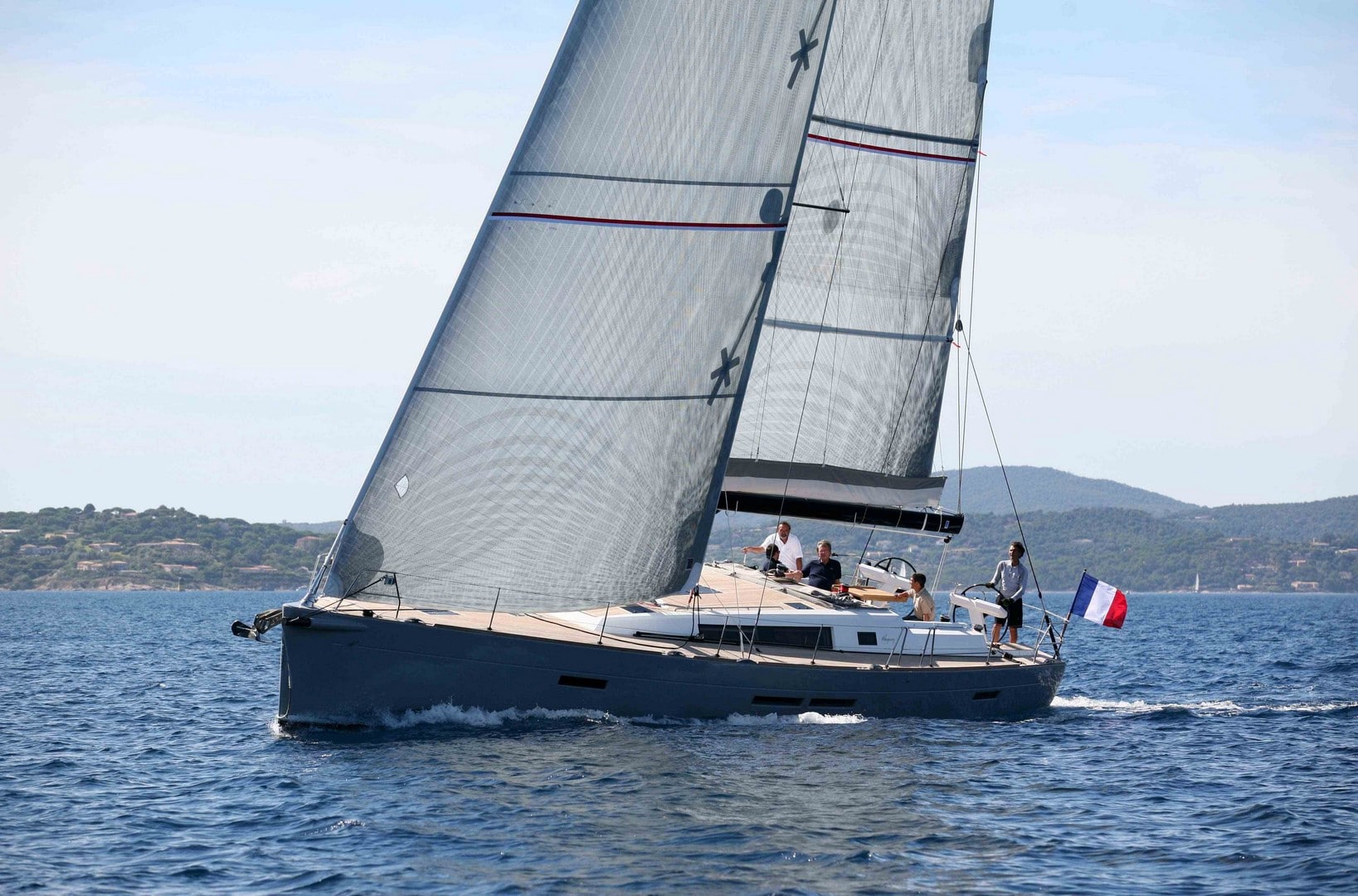At sea, on a sailing boat, it’s crucial to know how to steer the boat and identify the direction and strength of the wind. Here’s a quick tutorial for budding sailors.
Sailing into the wind: is it really possible?

At sea, a sailing boat can make headway thanks to the force of the wind in its sails. But can we really say that she is sailing “into the wind”? In reality, this statement is misleading, because it is not possible to sail with the wind upright.
If the wind is blowing against the boat, it will not be able to move forward if the difference between the axis in which the wind is blowing and the position of the boat in relation to this axis is less than 45°. On the other hand, it will be possible to go up at an angle and sail in a zigzag (weaving) to reach a point situated upwind.
The movement of a sailboat against a headwind may seem counter-intuitive, but it can be explained by some elementary rules of physics.
To move forward, a sailboat uses the combined forces of the wind in its sails (the buoyant force) and the water on its submerged parts, the keel and rudders (the drift force).
If a boat has sails but no daggerboards, and the wind is perpendicular to it, then the boat will go on the side on which the wind is blowing. Fortunately, all boats have daggerboards. The lateral thrust caused by the wind cancels out the force exerted by the water under the boat, on the submerged parts. All that remains is the force that propels the boat forward.
Determining which way the wind is blowing
For a sailing boat, the strength of the wind is essential for making headway. Determining the direction of the wind is therefore essential for the skipper. It affects the way he sails and the direction the boat takes according to the wind.
When the wind is blowing against the boat, preventing it from moving forward, it is called a headwind. A point of sail is the angle taken by the boat in relation to the direction of the wind. There are 5 main points of sail:
Upwind (45° to 60°): this is the point of sail that is closest to the wind. This point of sail can be “close” (close to the wind) or “full” (away from it). This point of sail is not very fast, especially as it is generally combined with a head-on sea.
The beam (90°): the wind is perpendicular to the boat’s axis. This point of sail is optimal in terms of speed and comfort for the sailor. These are the first downwind points of sail. Large, hollow headsails (spinnaker, gennaker) can be used to go faster. If the wind is strong enough, the boat can even lift off (its hull partly comes out of the water) and sail faster.
Broad reach (100 to 120°): here the wind comes from 3/4 astern. The air flow over the sails is no longer laminar but a little more disturbed. The waves arrive at the same angle and can cause an unpleasant roll, making it harder for the helmsman to stay on course.
Tailwind (120° and more): the wind comes from behind the boat and its flow over the sails is very disturbed. The boat moves at the speed of the wind, but no faster. This point of sail generates roll and it becomes complicated to control the helm correctly. When the wind is blowing in this direction, beware of gybing! This involves changing tack from one side to the other (the sails change sides too)!













 Thanks to Arthaud Yachting, access our world of luxury yacht charter for a 100% tailor-made cruise in the French Riviera region or even in the four corners of the world in destinations such as
Thanks to Arthaud Yachting, access our world of luxury yacht charter for a 100% tailor-made cruise in the French Riviera region or even in the four corners of the world in destinations such as 


Leave A Comment